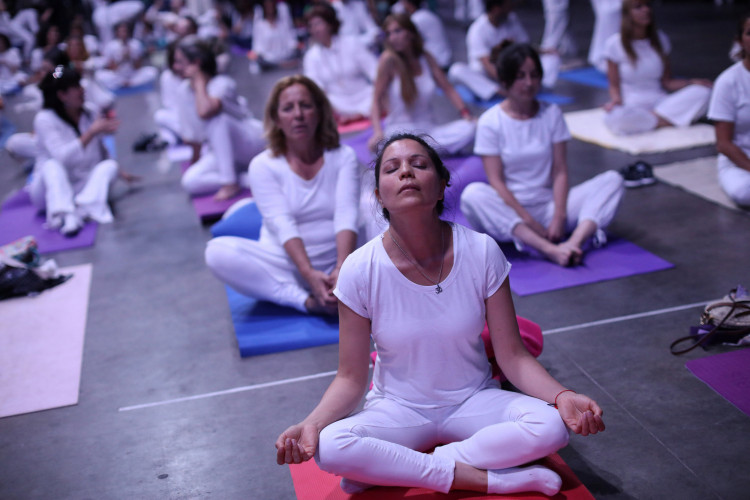A lot of people are doing the yoga exercise for its many benefits. It can release tension, prevent injury, create more flexibility, calms the mind, and the list goes on. However, there are also dangers and risks in doing this practice
According to the South China Morning Post, yoga can cause or make carpal tunnel syndrome worse. It can also destabilize joints and trigger strains, sprains, and tendinitis, however gentle the practice is.
In a 2016 study published in the "Orthopaedic Journal of Sports Medicine," it noted that there were nearly 30,000 cases of yoga-related injuries in the U.S. emergency rooms from 2001 to 2014. The hurts varied from the upper body to strains and sprains. Most people affected of the injuries were 65-years-old and older.
However, University of Virginia Health System orthopedic surgeon Bobby Chhabra said that it is a rare case that people obtain traumatic injuries from yoga. In usual instances, it doesn't cause the injury but exacerbates it.
There are three most common yoga injuries, and it's on wrists, knees, and lower back. Yoga Journal noted that practitioners mostly complain about wrist pain because its structure is bony and has soft tissues. Its joints, muscles, and ligaments need to get used to your body weight before you put pressure on it. Your wrist should build up enough strength and good alignment before you put on your weight on it.
Another one that yoga instructors get the most complaint is kneecap pain, especially on standing positions. Kneecap strengthens quadriceps or thigh muscles. It doesn't work to "load-bearing joint." So when you put much pressure on your kneecap joint, you end up hurting. It commonly happens when you do Warrior I, II, Triangle, and Crescent Lunge postures.
Students should keep their knee "stacked over their ankle" and make their kneecap in line with their second and third toes. They should also make sure that they still see their toes when doing a pose.
Lastly, doing extreme yoga poses without developing and strengthening your body yet can cause lower back pain. So, there is a dire need to strengthen and do backbending poses first before you do radical postures.
A lot of experts agree that you can get a lot of benefits in yoga and avoid injuries if you choose the right practice. You also need to listen to your body. If your body tells you that you can't do that pose or if it bothers you, don't push to do it.






